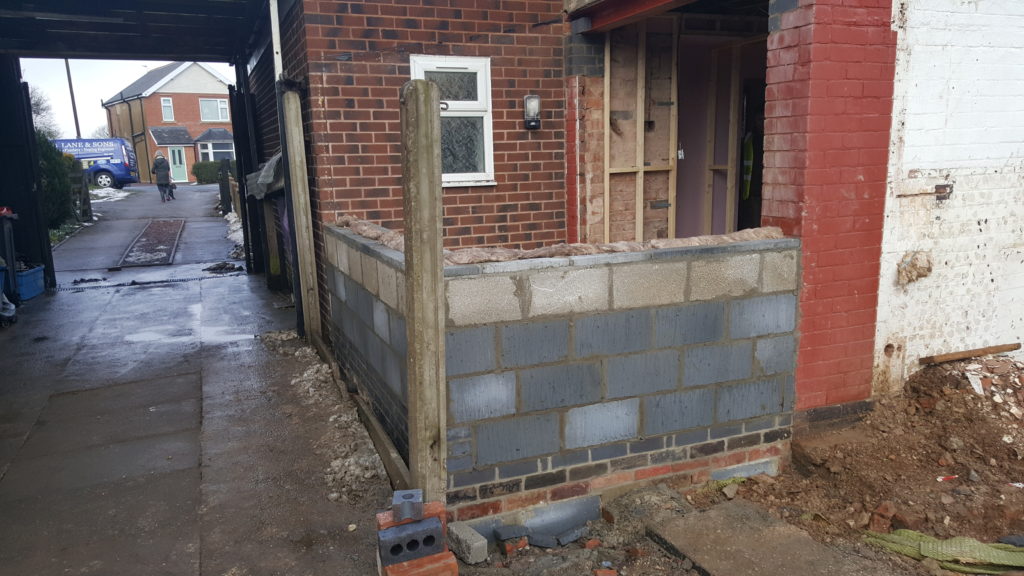Home → Conservatories → Conservatory FAQs → Planning permission for conservatories
Planning permission for a conservatory may not be needed in many circumstances. If you meet certain conditions, you will not need to apply for planning permission like you would for many other types of extension.
In this article, we’ll cover the various situations in which planning permission may be required for your new conservatory, as well as the “four-year rule” that may come into effect for older conservatories.

When do you need planning permission for a conservatory?
You may not need planning permission for your conservatory. In many cases, terraced and semi-detached homeowners can make additions of up to 6m in height without planning permission; detached homeowners can now add large structures up to 8m without planning permission.
However, you should have a thorough read of the additional stipulations below before you go ahead with any work. There are quite a few rules that determine whether or not you need planning permission to have your conservatory built. Make sure that the conservatory you are planning meets all of the requirements. Planning permission is required for your conservatory if:
- The conservatory would cover more than half the garden.
- The highest point would exceed four metres (or three metres if within two metres of a boundary).
- The highest point would be higher than the eaves of your property’s roof.
- The side extensions would extend beyond half the width of the house.
- More than half the area of land around the original house would be covered by additions or other buildings.
- The conservatory would extend beyond the rear wall of the original house by more than 8m if a detached house or 6m if an attached house.
- The extension is further forward than the principal elevation or side elevation which fronts a highway.
- The highest point of the eaves and ridge is above the highest part of the original house or the house as it currently exists.
- The conservatory is to be built at the side of the building and either exceeds more than 4m in height or is more than half the width of the original house.
- The extension is higher than one storey and has a roof pitch that does not match the existing house.
- There are any verandas, balconies, or raised platforms.
Planning permission will also be required if the conservatory is more than one storey and is to be built on a National Park, Areas of Outstanding Natural Beauty, conservation area, or World Heritage Site. Conservatories with exterior cladding or side extensions also require permission if built in these areas.
For the latest guidance from UK planning authorities, visit the Planning Portal’s conservatory page.
How close can you build a conservatory to a boundary?
With the written permission of your neighbour, you can build a conservatory as close to the boundary as you would like. However, the affected neighbour must be contacted in writing at least two months before you plan to put the conservatory up. If your proposed conservatory would come within two metres of the boundary, its maximum height is restricted to three metres.
You may also wish to consider building a transparent conservatory away from the boundary for privacy reasons.
What is the four-year rule in planning permission?
The four-year rule enables homeowners to apply for a Certificate of Lawfulness that renders a previously unauthorised extension legal provided that it has been there for at least four years. This is an option if you have built a conservatory that should have had planning permission but didn’t realise that this was necessary at the time.
To qualify, you’ll need to provide evidence that the extension has been in place for at least four years. Evidence could include dated photographs showing the house before the work was completed and council tax bills (although other forms of evidence may be required).
Other conservatory building regulations
Alongside the conservatory planning permission considerations we’ve mentioned, there are a number of other building regulations associated with conservatories to keep them safe and free from stricter regulations that apply to other extensions and buildings.
Our conservatory building regulation FAQ covers these rules in more depth, including the percentage of glass required, foundations, external doors and conservatory heating. If you contact KLG Rutland to discuss your conservatory, we will also be able to help you with any practical questions you may have.


